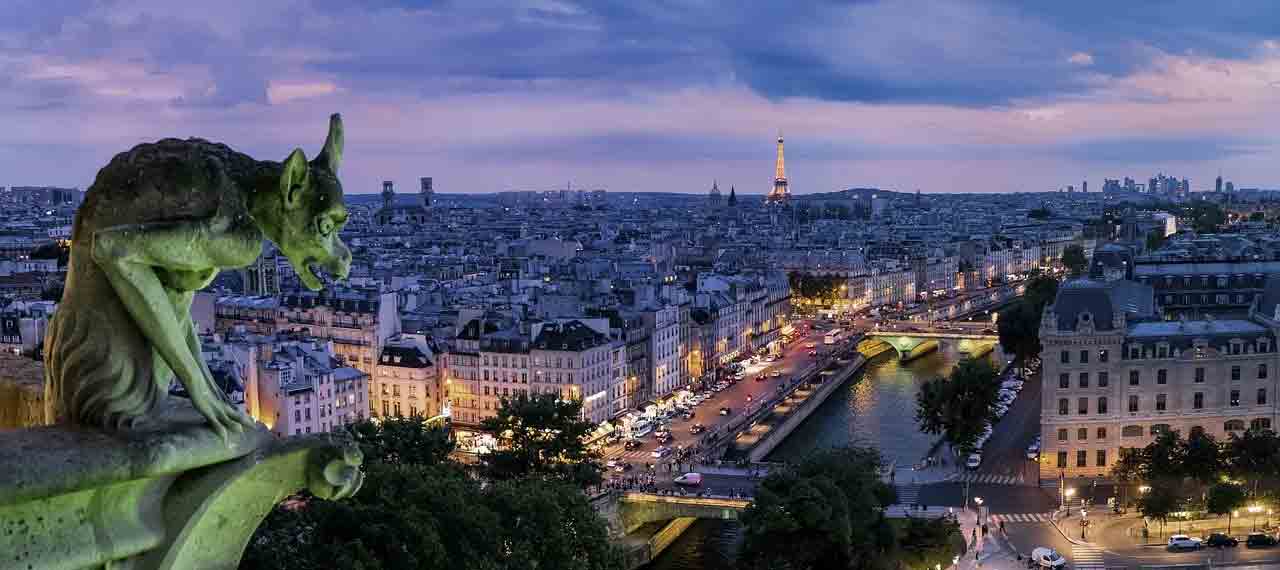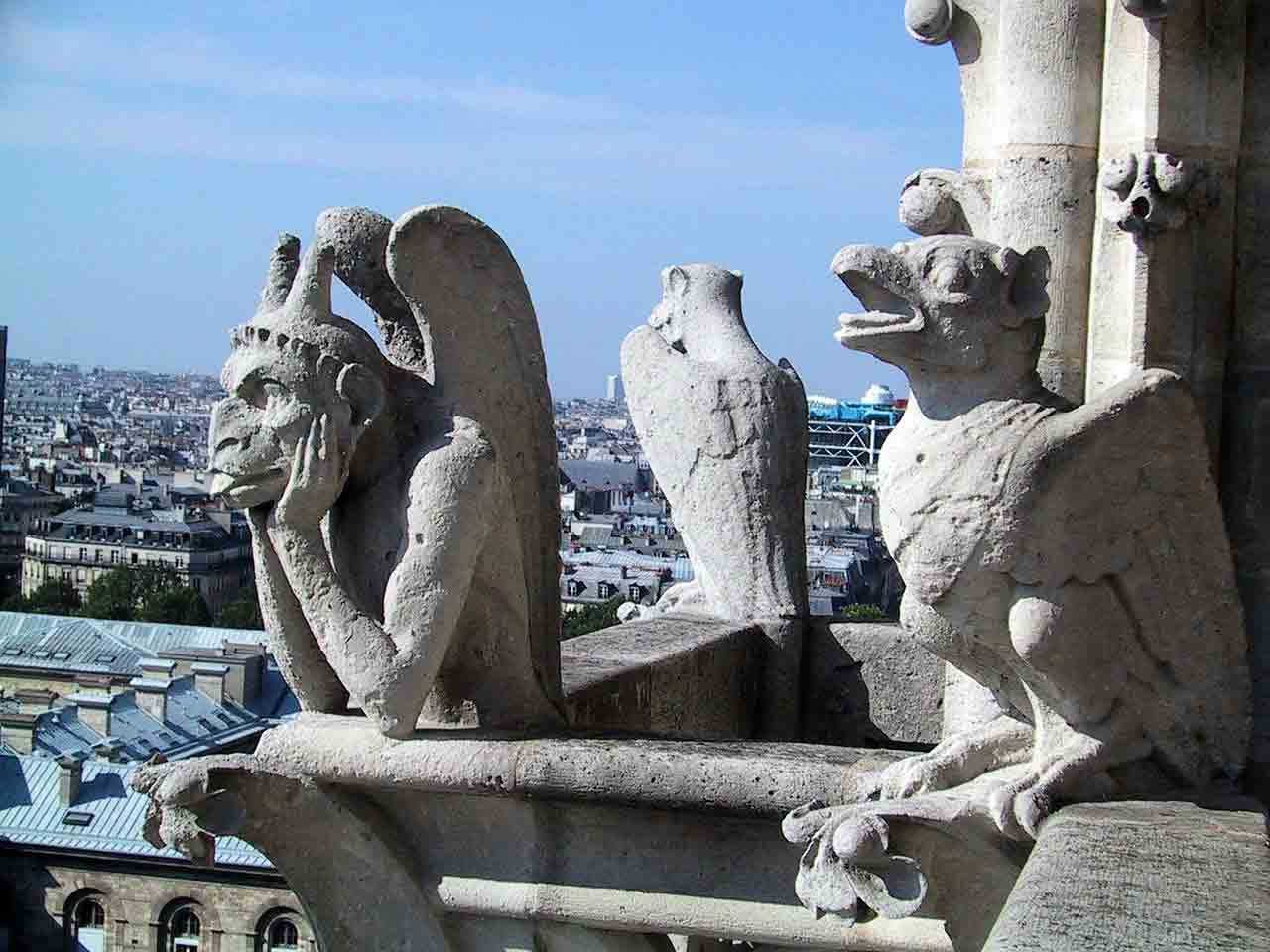Gargoyles are an architectural feature that has existed for thousands of years. Initially designed to filter rainwater from the edge of a building, they also serve a mysterious purpose – warding off evil spirits.
+ In one word, see the goal of each zodiac sign! What do you seek?
+ Characteristics of the Zodiac Signs – Pisces
Gargoyles were created initially to prevent structural damage to buildings by preventing rainwater from running down the side of a monument and corroding the mortar between the stones.
They are most commonly associated with the great architecture of the Middle Ages and usually take the form of a grotesque figure spouting water from a frightening-looking mouth. This grotesque appearance is why similar creatures on the sides of buildings, with no structural purpose, are known as ‘grotesques’.
Their unusual and distinctive appearance makes them one of the favorite features of old buildings for many people, and they are even the subject of various legends and folk tales.
What are gargoyles?
The term ‘gargoyle’ originates from French. It comes from the words gargouille, meaning ‘throat’, and gargariser, meaning ‘to gargle’. This reflects the fact that water tends to come out of the gargoyle’s mouth. Terms for gargoyle in other languages tend to be more descriptive.
Gargoyles are carved from stone and take on many forms. A large number of them depict chimeras – bizarre hybrid creatures that mix different parts of animals. This includes familiar chimeras such as griffins (a mix of lion and eagle) and harpies (half woman, half bird), but also more abstract mixtures. Many of the hundreds of gargoyles on the medieval cathedral of Notre Dame are (or were) chimeras.
The most famous of them is the Strix, or Styrga, a bird-human hybrid perched with its head in its hands. It was the gargoyles of Notre Dame that provided the popular image of gargoyles as horned and winged creatures, which is how many people imagine them today. They were not added to the cathedral until the 19th century, but were carefully designed and made to look like they were from the Middle Ages, rather than a later addition.
As their function was to protect buildings from erosion, many gargoyles endure the impact of harsh weather and storms. This makes them susceptible to damage and erosion.
Gargoyles in legend
With such a bizarre appearance, gargoyles have inspired many authors over the years. They feature prominently in Victor Hugo’s The Hunchback of Notre Dame (as well as the Disney movie of the same name) and in modern fiction, such as shows like Doctor Who, Futurama, and Gargoyles.
Believed by many to ward off evil spirits, the myth of the gargoyle has gained new life with the relatively recent idea that stone beasts come to life at night to physically fight spirits and act as guardians.
Their scary looks have also led some to claim that they are creatures of evil, either as demonic beings possessed by demon souls or ex-human souls, or beings brought to life through the supernatural. Some stories revolve around gargoyles in a ‘Pinocchio’-like setting, with architects imbuing them with their hatred and sinful thoughts.
They have also been described as a mythical race – this is a more modern idea and appears in games and myths such as the world of Dungeons and Dragons. The idea of gargoyles being a race includes details such as egg-laying posture that hatch and blend into new architectural features, apparently unnoticed by the humans who visit the buildings.
The original legend of the gargoyle (or, more precisely, gargouille) was French and described the heroic efforts of Saint Romanus, a 7th-century bishop of Rouen, who is said to have saved the region from a monster called the gargouille. The gargouille was similar to a dragon with wings, a long-necked serpent, and the ability to spit fire.
Saint Romanus managed to subdue the gargouille with a crucifix and with the help of a condemned man. They took the creature back to Rouen, where it was burned – the head and neck did not burn because of its ability to spit fire, making them immune to it, and they were subsequently mounted on the church wall. In honor of the condemned man’s contribution, it became tradition for the Archbishop of Rouen to pardon one person a year during the procession of Saint Romanus’ relic.
Just like the gargoyle in the legend, stone gargoyles were mounted on church walls. They are usually intricate and would be extremely difficult to carve on-site.
Source: www.ancient-origins.net

